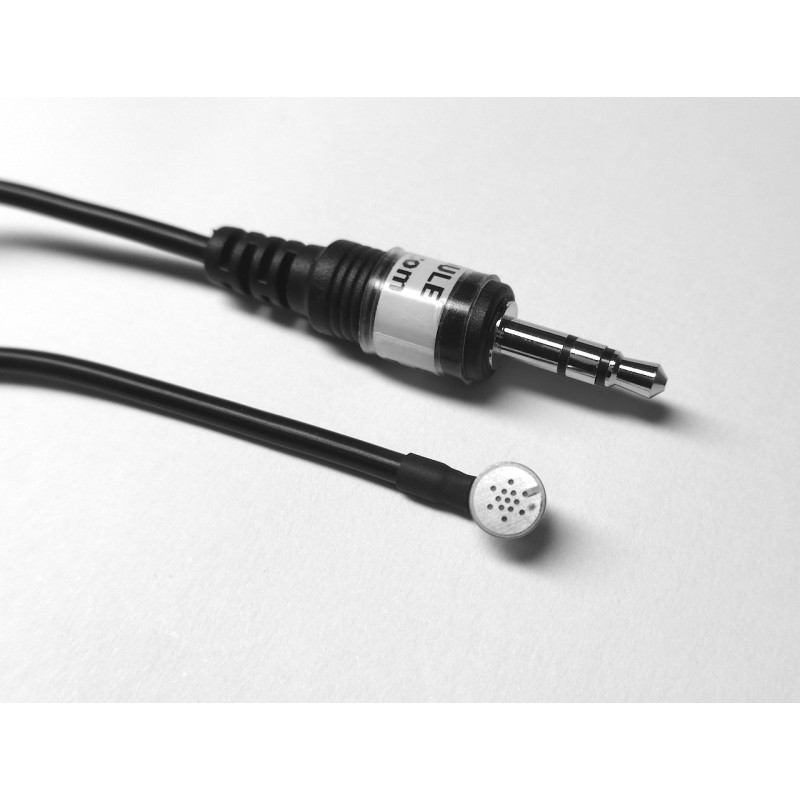Convenience? All those steps just to capture relative delay and major downside mentioned at the end sounds rather inconvenient to me. Not to mention crossover simulation with this method is locked to measurement distance, not actual listening distance. Maybe okay for small bookshelf speakers, but anything large will be problematic. I admit that I started into this hobby years back with an Omnimic as well following the Jeff Bagby mantra, but have since moved on years ago and never looked back. The Omnimic is just an SPL meter now, mostly collecting dust in the closet.
In any case, if you must stick with USB for convenience...you can skip a few steps. Re-calculating min-phase through HBT process simply isn't necessary, and often the primary source of error in this process. Use the measurements as-is. Just go to VituixCAD Tools Menu -> Auxiliary -> Time Align. Load your 3 measurements, un-check MP (min-phase), solve delay. Enter delay value in driver tab of main window, leave driver coordinates at 0,0,0 in the crossover.
But, with all the work that goes into a DIY speaker, why take a shortcut on arguably the most important part? Take a bit more time and gather the full spatial set of measurement data with 2-channel system properly.
